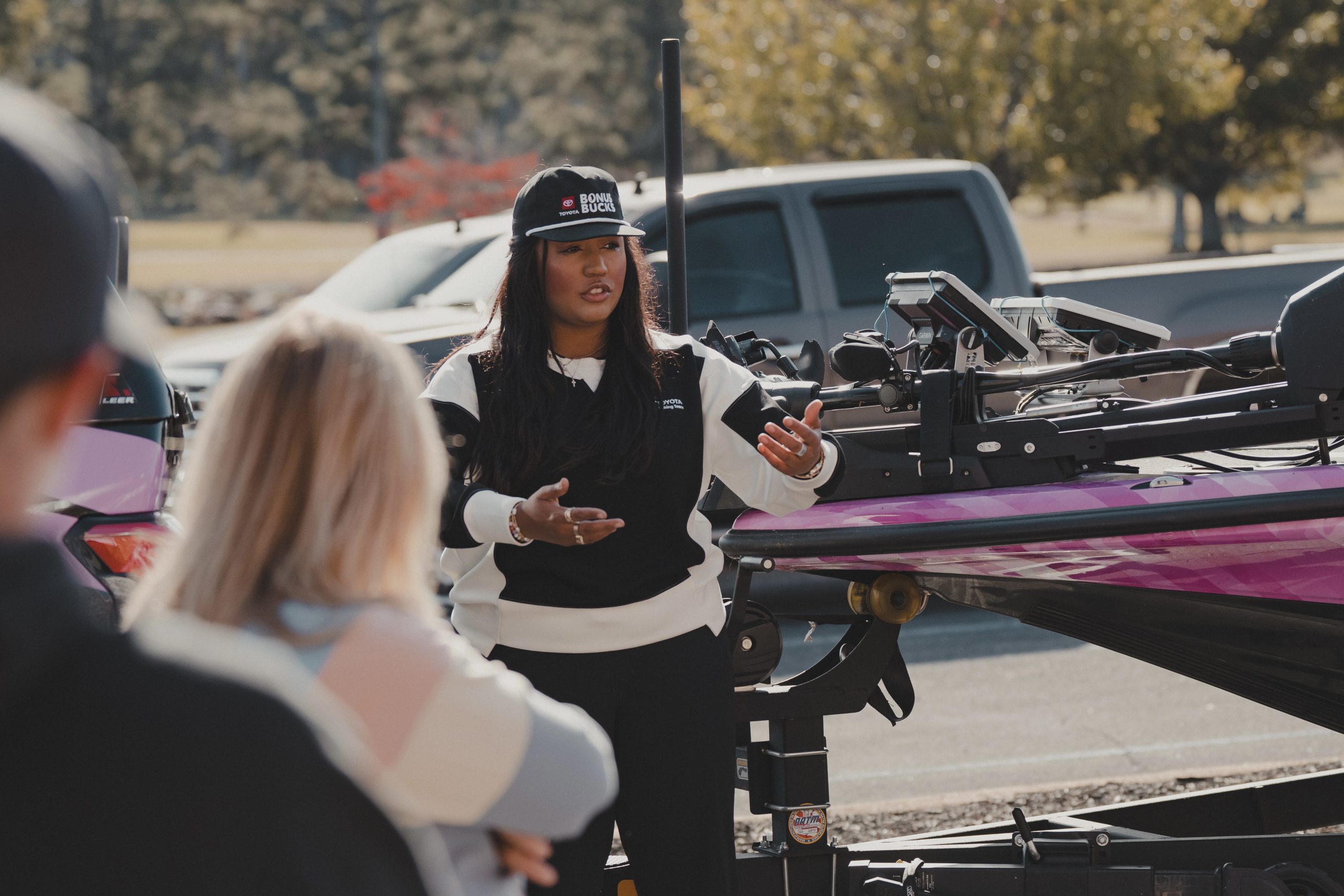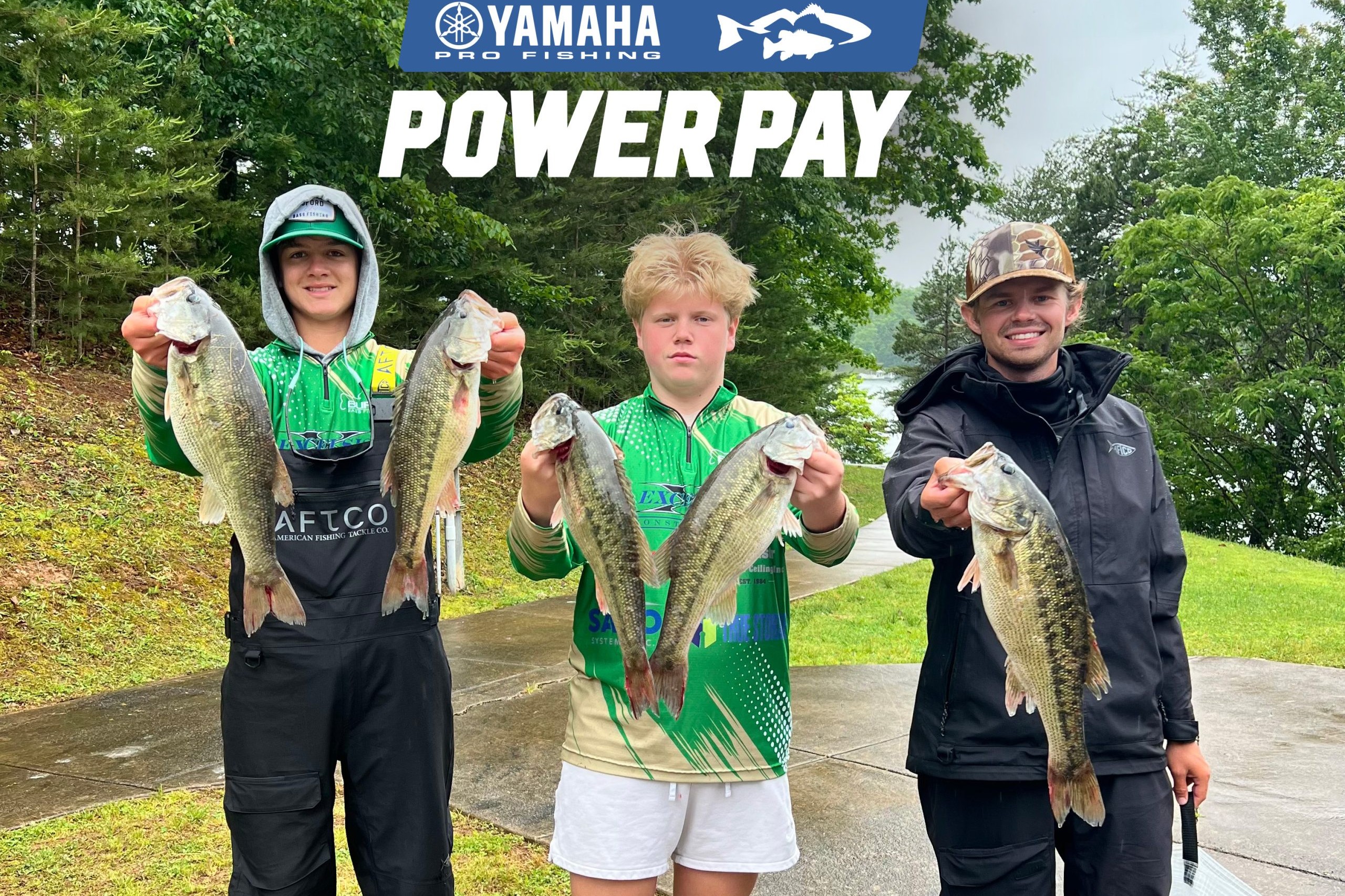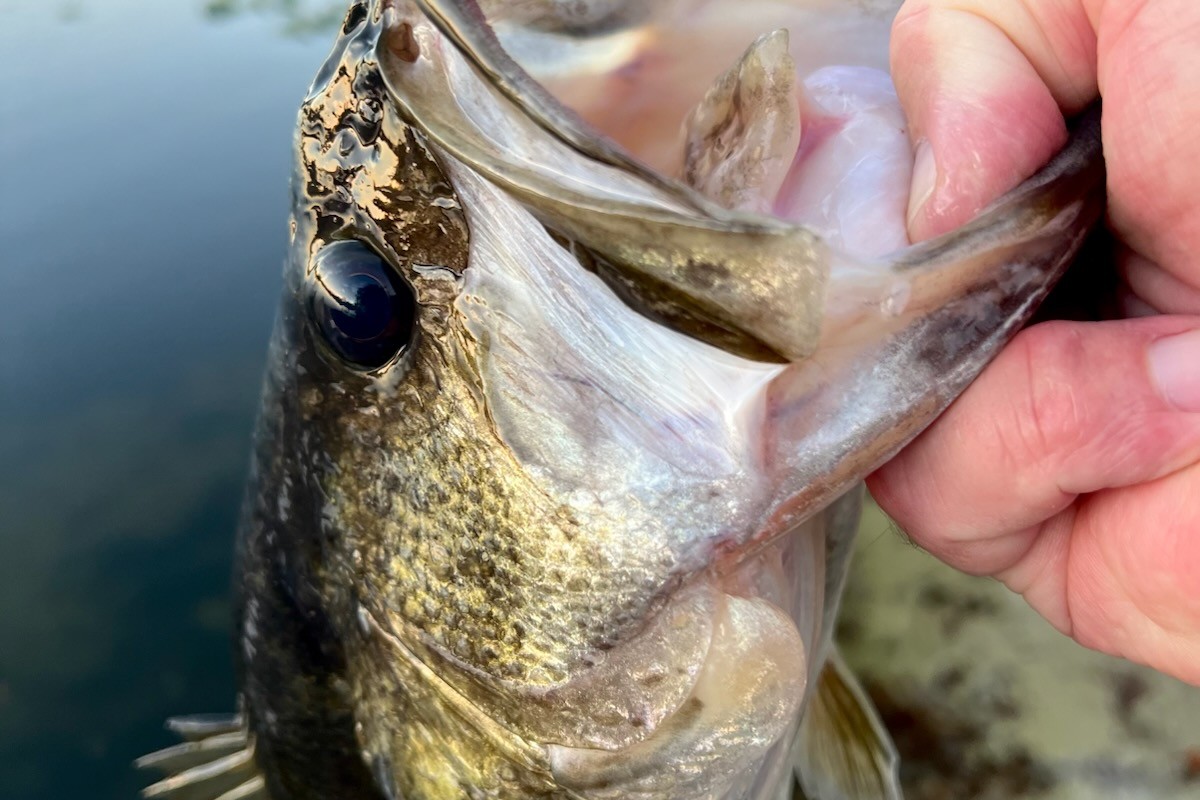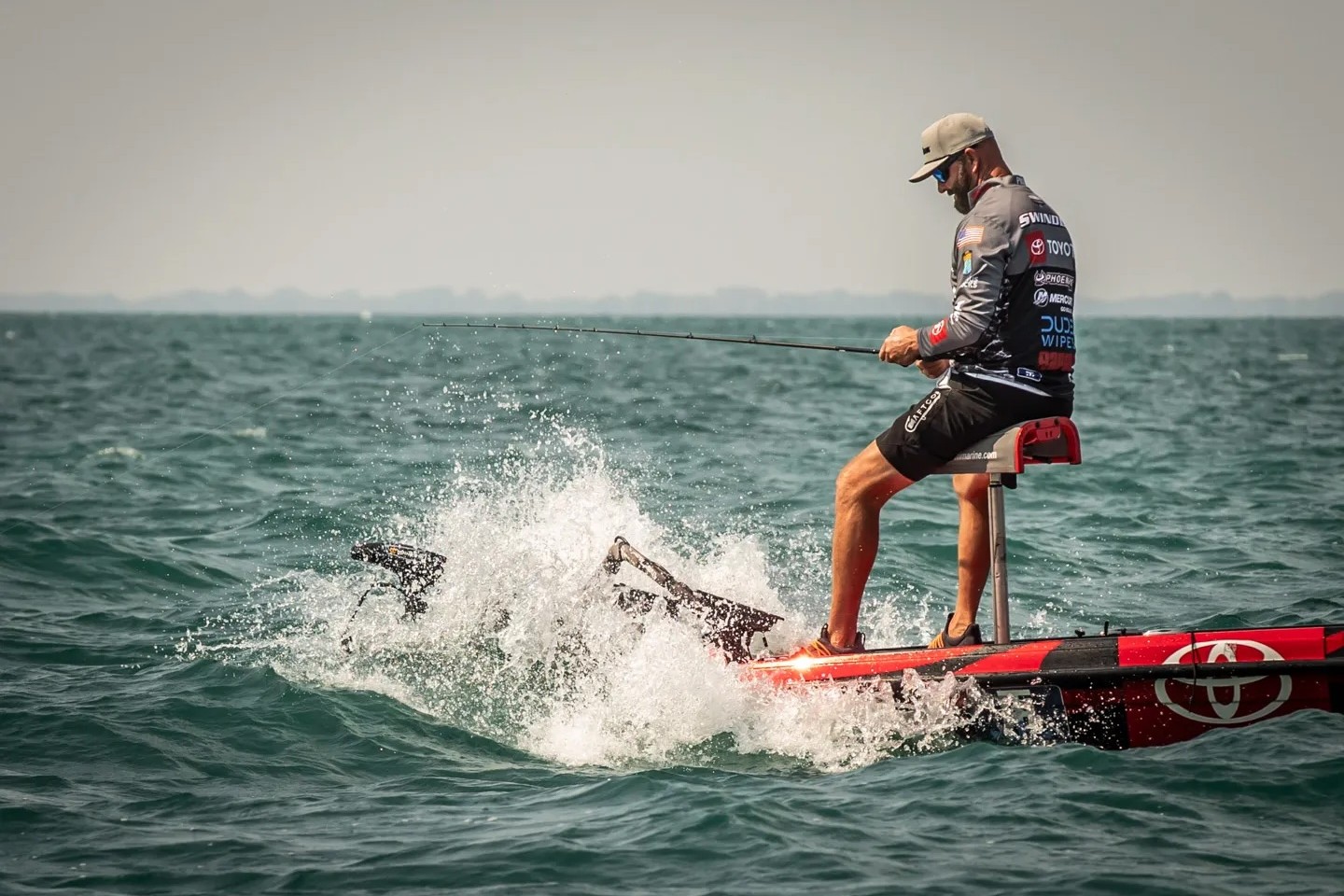Fishin’ Tip Friday – The BEST Fluorocarbon Knot?
By Vance McCullough, AC Insider
Why not just tie a Palomar knot with fluorocarbon line? It works well with braid, if you pass it twice through the hook eye, therefore making a double Palomar. It doesn’t matter how well you tie the Palomar, the material, the crystalline structure of fluorocarbon itself, is hard. When it lays across itself it can – and eventually will – cut into itself. It will break.
This will happen when the line is under the greatest strain; when the biggest bass of the day, if not your life, is acting a fool on the other end of the line. Again, the knot is not the problem. Fluorocarbon material is extruded from dense crystals, and you cannot remedy this by ‘tying a better Palomar knot’.
Note: if you use monofilament line, go ahead with a well-tied Palomar. I still do. And I have outclassed the line strength, as tested on fancy equipment provided by the line manufacturer, with my Palomar knot. Don’t believe people who tell you that you can’t tie a 100% Palomar knot. It is a good knot, under the right circumstances.
Additionally, when flipping or punching with big weights, I use a straight shank hook and I snell it rather than tying a conventional knot anyway, even with fluorocarbon same as I do with braid. Outside of those exceptions, or the occasional need to tie a loop knot, I tie a little something best described as “the 3-tag knot” because when you’re done trimming it you will have three tag ends, but the actual name is the Double Pitzen knot. Shaw Grigsby showed it to me years ago, though at the time neither of us knew what it was called.
After many years of testing, this knot has held up incredibly well for me.















